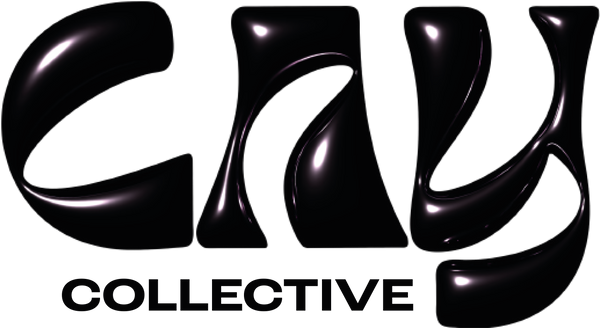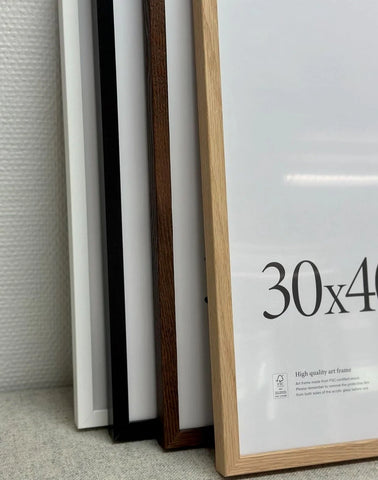
BEST PRACTICES – PRODUCT TITLE AND DESCRIPTION
Seller Guide
Approx. 10 minute read
DO'S AND DON'TS
Your product title and description are key to attracting the right customers and turning views into sales. A clear, specific title helps your product show up in search results and instantly tells shoppers what you’re offering.
Your description is your chance to sell the story. Go beyond basic facts—highlight the benefits, features, and unique details that set your product apart. Think about how the product makes life better or more beautiful, and describe it in a way that helps customers imagine it in their own space or routine.

DO'S
Title:
• Be clear and specific about your product so it is easy to search for at the website (e.g “Handmade ceramic coffee mug – matte black)
• Have a unique name to each product to easily distinguish them when processing orders.
• Include key details like size, material and/or color
• Use keywords a customer might search for
Description:
• Start with a short, engaging intro that paints a picture
• List key features and benefits in bullet points
• Mention dimensions, materials, care instructions, and any other important info
• Use language that reflects your brand and connects emotionally with your audience

DON'TS
Title:
• Don’t be vague or generic (e.g. using a number or just a word)
• Don’t leave out key information (Missing size, color, or material can cause confusion and reduce trust—shoppers want to know exactly what they’re getting)
• Overloading your title with keywords (e.g., “Mug Cup Coffee Mug Black Mug Ceramic Handmade Cup Coffee”) looks unprofessional and can hurt readability.
Description:
• Don’t copy and paste from other listings (Reused or generic text can feel impersonal and doesn’t reflect your unique brand or product)
• Don’t write large blocks of text (Long paragraphs are hard to read—break up your content with bullet points and short sections)
• Don’t leave out important details (Lack of information can lead to returns, bad reviews, or lost sales. Include everything a customer needs to make a confident purchase)
• Don’t use overly technical or unclear language
• Don’t forget your brand voice


